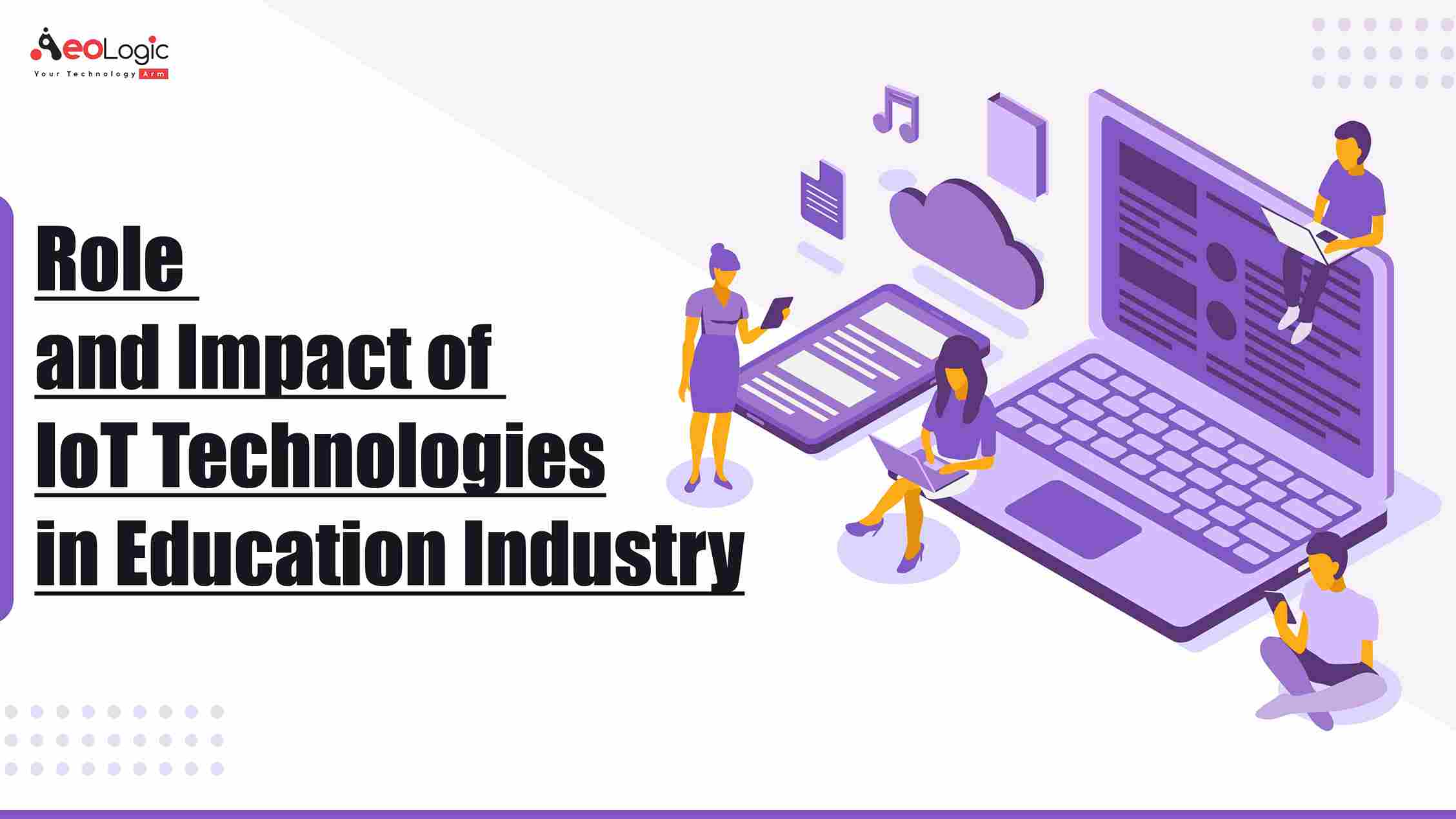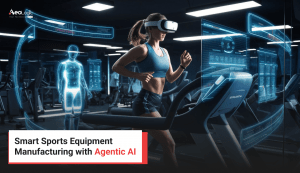Close to a decade ago, the term IoT (Internet of Things) started moving around publicly – with an inherent promise to improve and idealize our lives. Fast forward to the present, IoT is already demonstrating its dynamic potential. Thanks to this innovative concept, every imaginable object, device, and machine is now equipped with smart consoles. It is connected via multiple network channels and/or the Internet providing innovative data collection and communication techniques. Simultaneously, there is a huge role and impact of IoT in education as well.
IoT is, in its true sense, unfolding the power of wireless connection.
IoT technology is a striking impact on our daily lifestyle. Similarly, the role and impact of IoT in education is also making its way. It is enabling remote connectivity, thereby facilitating effortless human-to-machine and machine-to-machine communication exchange. Connected home/ office/ vehicle security systems, mobile device controls, and real-time power-saving components are already inspiring our day-to-day lives. Not only in terms of advanced control and exemption of skill from our end. However, also in regards to superior security, optimized performance, energy efficiency, and cost-saving benefits.
The major impact of IoT, however, can be observed in the education and learning environment. Several schools and universities have already realized its benefits and are on board utilizing this technology for different reasons. Ranging from better access to information to improving security.
Also read: Impact of Artificial Intelligence on Education and Learning
Role and Impact of IoT in Education
Let’s look at the role and impact of IoT in education system, as we know it, for the better.
Smart Teaching Plans
IoT comes with the concept of mobile and remote e-learning, which has proved beneficial for equally educators and students. It is helping in re-directing the face of education in the right direction.
The students are now attending the lectures through live feeds and recording the same for revision at home. Moreover, the teachers are also finding it easier to connect with students. As well as engaging their attention with more interesting and smart lesson plans. Remote connectivity is also allowing educators to introduce students to other subject matter experts from different locations. In order to create their lesson plans more relevant and elaborate.
Get in touch with us to know more about IoT Solutions!
Furthermore, web-based discussions are likewise becoming an active part of the study halls. Where students are able to engage with students and teachers from all over the world. This versatile e-learning environment is enabling the students to expand their access to information and relevant learning material. In case the students are not able to attend the class physically, they can learn, take a test and get the teacher’s feedback through the help of the internet.
Improving Campus Safety
Furthermore, student safety has been one of the major concerns for schools and universities all over the world. Luckily, IoT serves are a solution for that as well. There are digitized ID cards available now that are enabling the administration to track the teachers’, students, and other staff’s whereabouts. Special digitized IDs or wristbands can also be used for tracking any visitors. This is also helping in dealing with the concerns of privacy.
Similarly, transportation has been built more securely by including GPS-enabled systems. These GPS systems are allowing the authorities to monitor the location and route taken by the school bus. So, the school authorities and parents can be sure of the students’ safety to and from school.
Get in touch with us to know more about IoT Solutions.
Enhancing Energy and Cost Efficiency
Built-in connectivity is also enabling consumers to decrease their energy consumption, thereby cutting the bills for better saving opportunities. For example, suppose the class attendees forgot to turn the projector, AC or lights off before leaving the classroom. Then the supervisors can easily check and do so with the aid of a simple click from their mobile device. That too, right from wherever they are at the moment, be it home, gym, or another city.
In addition, the role and impact of IoT in education are identifying consumer patterns and can be pre-set to operate automatically. To give an example, you are able to pre-schedule your electronics to automatically turn on or off at a certain time.
The saved cost can therefore help in bridging the funds and budget gap. Thereby allowing the school and campus authorities to invest more in activities related to actual teaching. Thus, it is improving the learning environment even further.
Also read: Technology Trends Impacting the Future of Education
Conclusion
All things considered, the role and impact of IoT in education are allowing educators to do their job more efficiently. Furthermore, it is creating a more powerful, dynamic learning environment. IoT is here to stay and needless to say, we will be observing more and more schools adopting it in the upcoming few years.
We are here to help you in strategizing, analyzing, and offering you the best solutions for your requirements. Connect with us to know more!
FAQs
What is the role of technology in education and technology of education?
Technology is providing students with access to countless online resources, encouraging them for carrying out research. And, therefore becoming more independent. It is also simplifying learning by making concepts more digestible, for instance, through an instructional video
What is the purpose of IoT in the education industry?
IoT in schools implies a better-connected and more collaborative future for education. IoT devices are giving students better access to everything from learning materials to communication channels. And they are providing teachers the ability to measure student learning progress in real-time.










